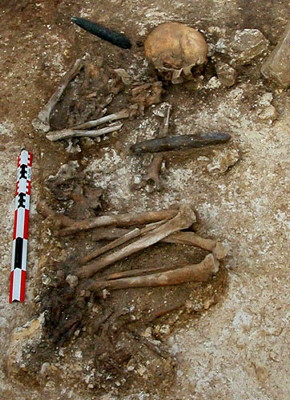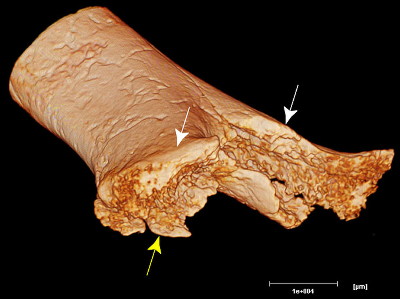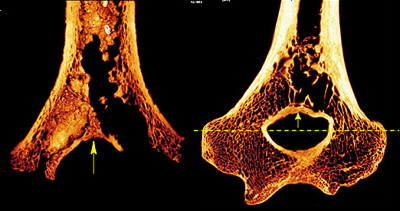Of course, unlicensed, high-level surgical traces are discovered more than imagined by stone age blackjack

Stone ageSpeaking of, people who wear fur is "Yabadabado!Shouting out and sun setting sunMeat with huge bonesHanging on, chasing a mammothhungryAlthough it may be a vague image such as becoming it, of course, this is a story all in pop culture.
So, what kind of life did the actual stone age people live is not to take a shower with the mammoth nose like a cartoon or commute to a car with a stone wheel, but surprisingly contemporary about medical treatment It seems it was. It was discovered that the bones of a man who had undergone cutting of the arm by the "famous doctor" 7000 years ago were excavated and the medical technology of the stone age was much higher than previously thought.
Details are as below.Stone Age amputee proves Neolithic medics more advanced than after thought - Telegraph
Antiquity: Project Gallery
Neolithic periodTraces of early surgery are located about 70 km south of ParisBoulancourt-ButhiersArchaeologists Cécile Buquet-Marcon and Anaick Samzun who are discovering the tombs discovered at the time, and forensic scientist Philippe Charlier et al.
The bones of the excavated male. Burial posture with the body's left side down and knee bent down is a typical thing. Because it is elderly and buried with rare burial items, it is considered to be in a respected position in the community.

Hunting and gathering ethnic groups in Europe started farmingLinearbandkeramikIn the bones of a man living in the era, the left forearm and the bones of the hand were missing. By various inspectionsHumerusIt turned out that it was cut at the position above the elbow, and the scientists judged this to be "intentional and successful cutting operation".
Picture of cut section.

Stereographic view by microtomography (tomography).

Comparison of cross section of excavated bone (left) and modern human humerus (right). The yellow dotted line corresponds to the cut position.

In the stoneware of the time, it is thought that it is easy and reasonable to cut at the thin bone near the center of the upper arm, but it is thought that it is easy and reasonable to cut it, but it is thought that trauma which is the cause of the necessity of cutting originally (falls, battles, It is assumed that it was in this position because it used the position of)).
From the thickness of the cortical bone (dense surface bone) that grew after cutting, it is estimated that men lived for at least several months to several years after recovery from surgery. In addition, since evidence of infection from the cut site was not found, surgery was presumed to have been performed in a hygienic and sterile environment, and from the comparison of the thickness and density of the left and right humerus, remained after cutting of the left arm It seems to suggest that the upper arm was moving without shrinking atrophy (calcium) or calcification.
With surgeryMorning gloryPlants such as plants are used as anesthesia, after cuttingSageExperts believe that there is a high possibility of disinfecting with a bactericidal plant such as. "I do not know if there was a" doctor "like a modern medical practice with medical professionals as professionals, but it is clear that there was medical knowledge among people who had surgery," archaeologist Buquet- Marcon says.
In the Neolithic Europe in EuropeHead perforationIt seems that surgery was done for a long time, but as a successful example of cutting surgery of the arm and leg, it is said that the one unearthed this time belongs to the oldest category. Thanks to the excellence of excavated bone status and the latest medical imaging technology, it proved that medical technology and medical knowledge of the stone age was much higher than previously thought.
Related Posts:
in Note, Posted by darkhorse_log







